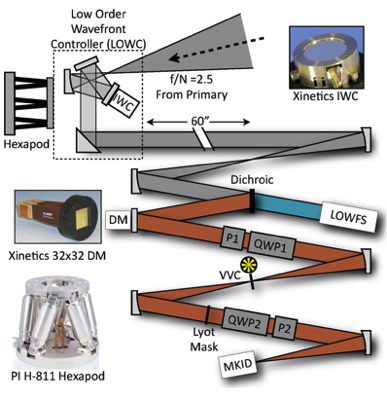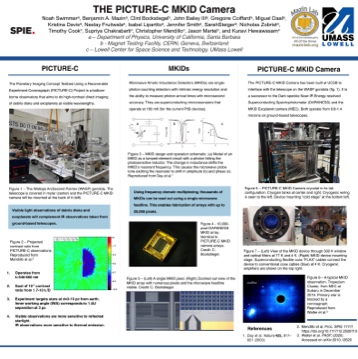
NASA has awarded a team of researchers led by physics Prof. Supriya Chakrabarti a grant worth nearly $5.6 million over five years to develop and test an instrument system that could potentially detect young, Jupiter-size planets orbiting other stars in the Milky Way. The team’s ultimate goal is to discover Earth-like planets around sun-like stars capable of supporting life.
The instrument — dubbed the Planetary Imaging Concept Testbed Using a Recoverable Experiment – Coronagraph, or PICTURE C — is scheduled to be launched on two separate flights, in the fall of 2017 and 2019, from the Columbia Scientific Balloon Facility in Fort Sumner, N.M., where it would be carried aloft to the edge of the atmosphere using helium balloons several stories tall.
“PICTURE C will enable us to learn about the disk of dust, asteroids, planets and other debris orbiting the stars and gain a better understanding of the processes and dynamics that formed our own solar system,” explains Chakrabarti, who is the principal investigator for the NASA study. “But in order for us to do this, we have to fly the instrument to altitudes of about 120,000 feet to get above most of the Earth’s atmosphere. Atmospheric turbulence distorts and blurs our image of the stars.”
Aside from Chakrabarti, the other members of the UMass Lowell team are physics Asst. Prof. Timothy Cook, who is the project’s co-investigator; graduate student Kuravi Hewawasam and post-doctoral associates Susanna Finn and Christopher Mendillo. Other collaborators include researchers from NASA’s Jet Propulsion Laboratory and Goddard Space Flight Center, Caltech, MIT, the Space Telescope Science Institute and the University of California Santa Barbara.
Special Thanks to:


